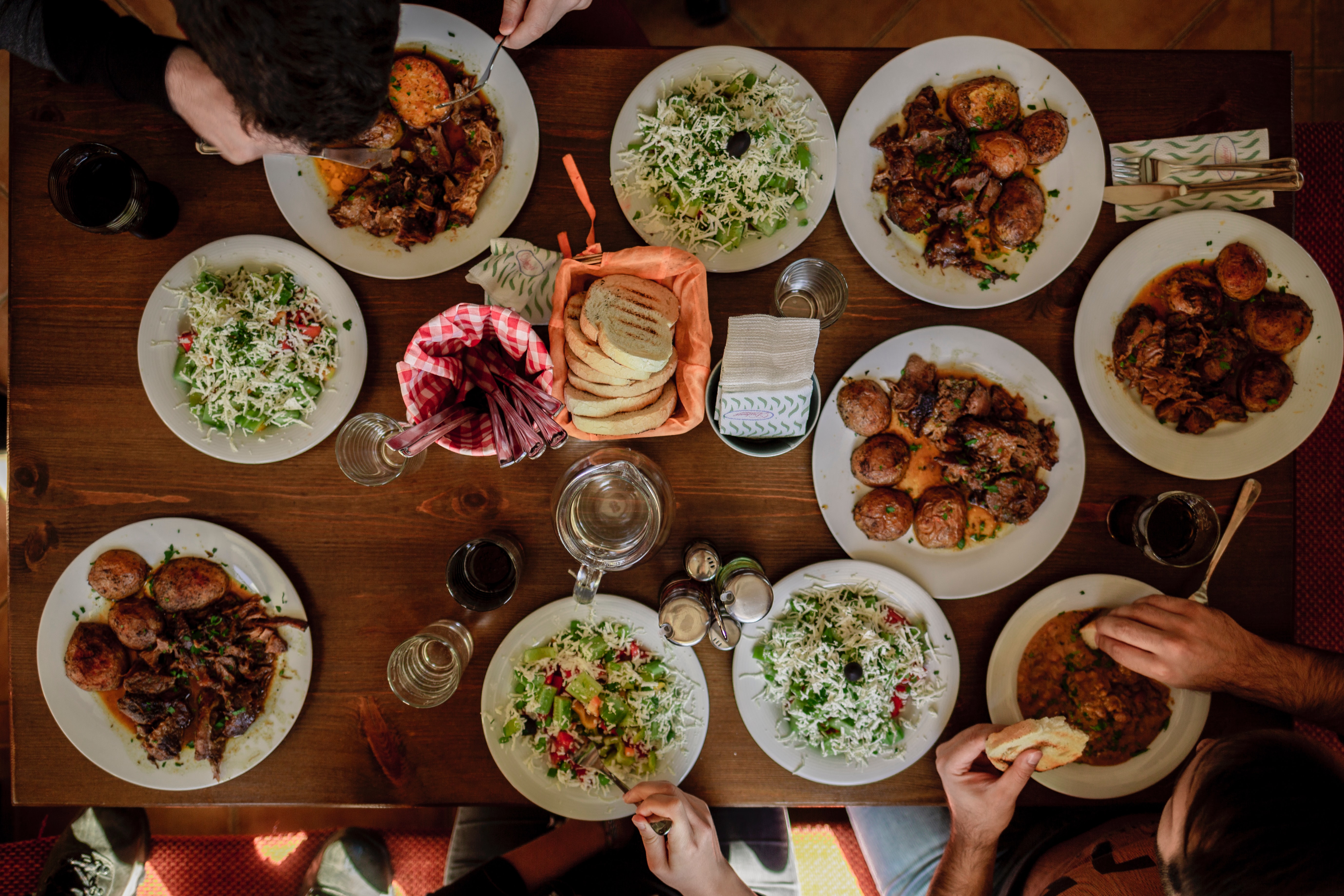TK Talks Blog “Eat to Live – Live to Eat: Food is Life – Life is Food” By Dawn White, RD, Dietitian
Eat to Live – Live to Eat: Food is Life – Life is Food
By Dawn White, RD, Dietitian, Timberline Knolls
Over the past twenty or so years, my life as a dietitian has been spent helping people to eat. The more work around nutrition and eating I do, the more I appreciate the value of food in our lives – all food!
In school, we learn the function of food for our bodies. Metabolism, ATP (adenosine tri-phosphate – for those who love biology and chemistry), function of nutrients, result of deficiencies, all from the view of food being the means to fuel our bodies and help them to function. This helps us eat to live. In our wise mind, we know that we cannot live or survive for long without food.
When our bodies lack food, feedback systems begin to take place to conserve energy to help us live longer. Our bodies fight for us to stay alive; however, they can only fight so long – when the fuel is not provided. When we eat to live, we are providing the nourishment our body needs to function.
In eating disorder recovery, this is often the place where eating begins. As hope for meaningful life becomes more apparent, the recognition that food helps us attain meaningful life due to the nourishment it provides – leads us to eating what is recommended. This “mechanical eating” or just eating what we are instructed to eat, serves the purpose of providing life from a physical viewpoint to help then provide fullness and meaning in life by allowing us the energy to honor our values.
If eating to live is interpreted as eating only to provide nourishment, this is often a needed and appropriate place when working toward eating again. However, if we stay at the place of only eating to live, we may sacrifice the joy, connection, and relationships that also often come with food. For example, when we only eat to live, we may not able to participate in outings around food, enjoy making and eating food that brings taste and pleasure, or participate in meaningful traditions involving food.
On the other end of the spectrum, the phrase live to eat may imply our entire life revolves around food. This may mean, food becomes the primary reason we live. This might possibly be eating as our only way of coping with life. Or avoiding meaningful activities as food or the restriction of food takes highest priority. Interestingly, individuals with disordered eating often end up on this side of “live to eat” as the majority of their day is spent thinking about food in some way. The body’s drive for food overtakes life to the point that life is lived to eat or at least to focus on food until adequate nourishment is realized. This side gives the impression that other important things or values in life are sacrificed for the benefits perceived from food or the restriction of food. There are times in recovery where it may feel like living to eat is where the relationship with food may be. Following your meal plan in early recovery can create a sense of life revolving around food.
In exploring these two sides of a continuum, it becomes somewhat apparent that our relationship with food is often not one or the other. Instead, it is living somewhere in the middle where both eating to live and living to eat come together.
So if eating is both, how do we define a normal, balanced, healthy relationship with food? Ellyn Satter on her website www.ellynsatterinstitute.org gives us a picture of several ways that normal eating occurs. In her definition, it is living not in the extreme, but somewhere in the middle where we experience both. Her definition includes satisfying our body’s needs for nourishment while also honoring our cravings and feelings. She sums up her definition with this, “Normal eating takes some time and attention, but keeps its place as only one important area of your life. Normal eating is flexible. It varies in response to your hunger, your schedule, your food, and your feelings”.
Eating to live and living to eat fluctuates as we live our lives, our seasons of life, and journey through our struggles in life. At times, our relationship with food may fall more towards one end or the other. At other times, it will likely fall somewhere in the middle. There is no one right place to land as we navigate food and honoring our hunger and feelings along with using the resources we have available. Moving toward balance may mean following a meal plan while your body heals and learning to attune to your needs. Balance may mean giving yourself permission to eat the foods you have previously forbidden as the fear of those foods have kept you from meaningful experiences and relationships.
Our relationship with food is a journey toward acceptance, freedom, trust, and curiosity. It is not perfect, nor does it need to be perfect. It does not have to be only eating to live and it does not have to be only living to eat. Food brings life, physically, emotionally, and spiritually, enhancing the meaning in our life. Let us work to accept food as both eating to live and living to eat to find that meaning.
*The opinions and views of our guest contributors are shared to provide a broad perspective of eating disorders and not intended as endorsement by iaedp™ Foundation, Inc. or its Board of Directors.*






